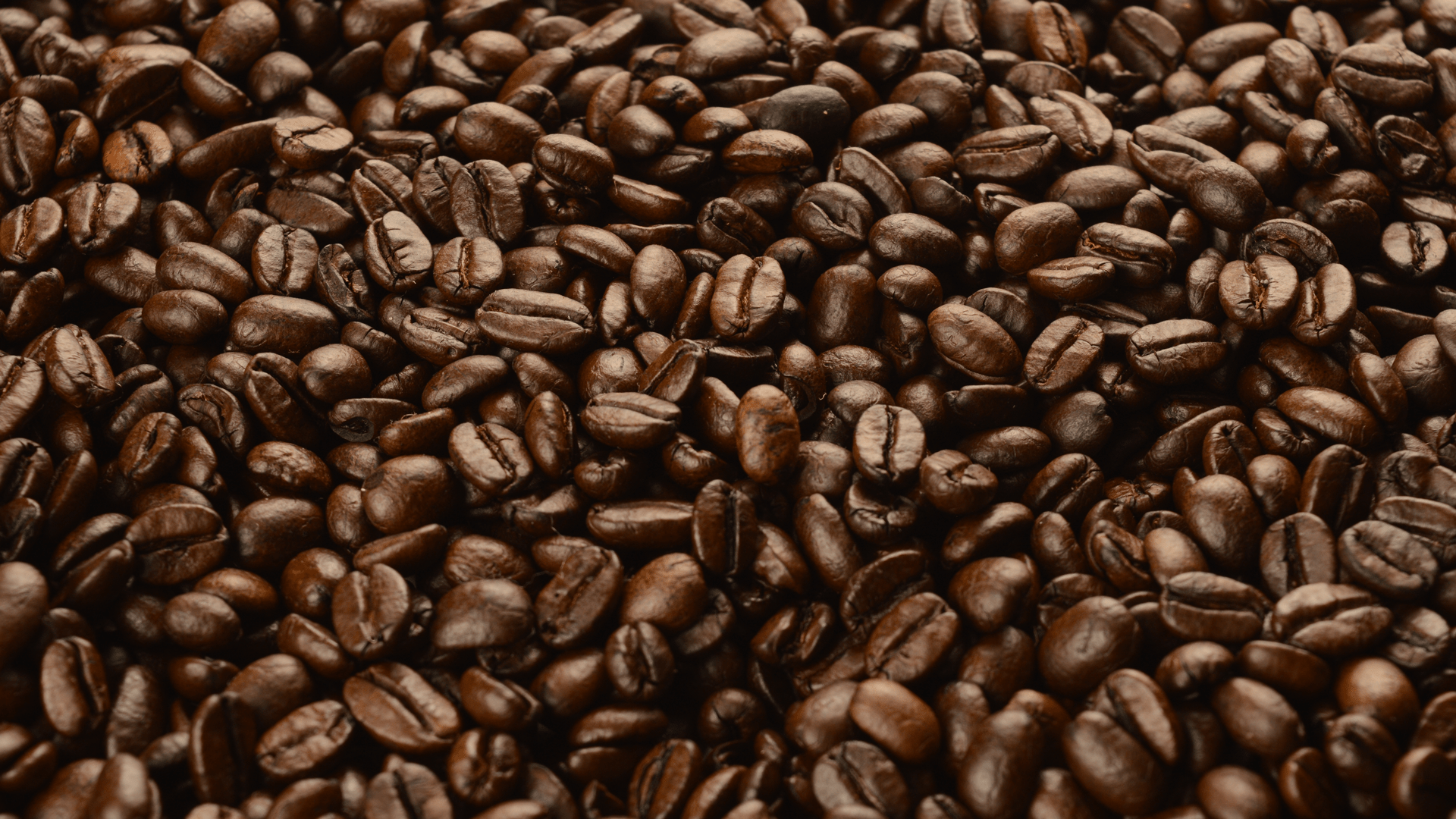
Coffee
Coffee’s origins are attributed to Ethiopia, where initially it was called ‘Arabia’s wine’. It came in Europe around ‘600, but Arabs used to use it very often already many centuries earlier.
Venice was the first city that began to trade this new beverage, and with it were born the first places where it was possible to taste it.
The most popular varieties of the Arabic’s coffee are two: more delicate, cultivable between the 900 and 2.200 altitude metres, and Robusta, spread under 500 metres. It is from the fruits of these plants that it is possible to get the seeds, also called beans.
The principal coffee’s working phases are:
- Cultivation: coffee requires a damp soil and protected from the wind. Plants are pruned to maintain a heigh of 3 metres circa, to facilitate the harvesting of the fruits;
- Harvest: it can be done through three different modalities. The first one, the picking, each fruit is manually selected. With the second one, the stripping, is determined a medium point of maturation and when it is reached, the fruits are torn from the branches. In the third case, with the mechanic harvest;
- Extraction: from the fruit the best seeds are extracted and utilized, to guarantee the processing of good quality seeds. The extraction can be in two modes, dry and wet;
- Selection: a selection of the bean permits to select only the ones that are completely free of any defects or impurities;
- Roasting: each mixture is characterized from its own specific aroma. In this phase, the beans go through roasting machines where they are warmed up and constantly re-mixed, until they reach the 200°-230°.
- Blending: it consists in dosing the different varieties of coffee, with the purpose of obtaining a blend, which is a mixture, with a particular flavour.
- Grinding: it does not exist a unique type of grinding, indeed the texture of the powder is determined by the utilise by which one will be addressed.
- Packaging: the packaging can be done by different methods, from the vacuum method to volve bags, to maintain quality, flavour, and smell.
Process and Product Innovation
The shift to the Industry 4.0 is a moment of deep change and innovation capable to disrupt all the sectors.
The industry 4.0 is considered as a new Industrial Revolution that appears to be even more disruptive of the previous ones. It is seen as such because it is born from the convergence of the IT and OT technologies to create a digit...
Supply chains involved:
Plant-based Beverages Coffee Cereals Chocolate Canned Foods Beer Dairy Products Nuts Food Supplements and Nutraceuticals Milk Plant oils Fruit and Vegetables Pasta Meat Baking products Sweet products Rice Cold Cuts and Cured Meats Winery